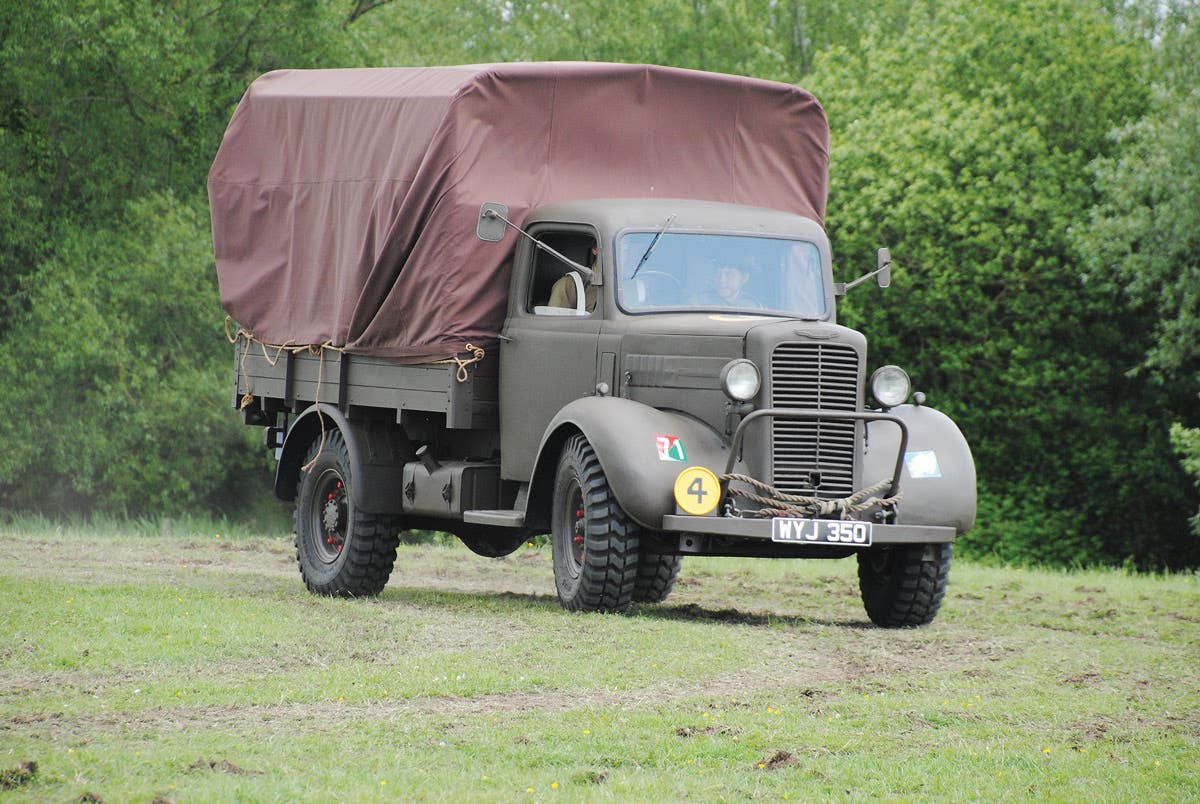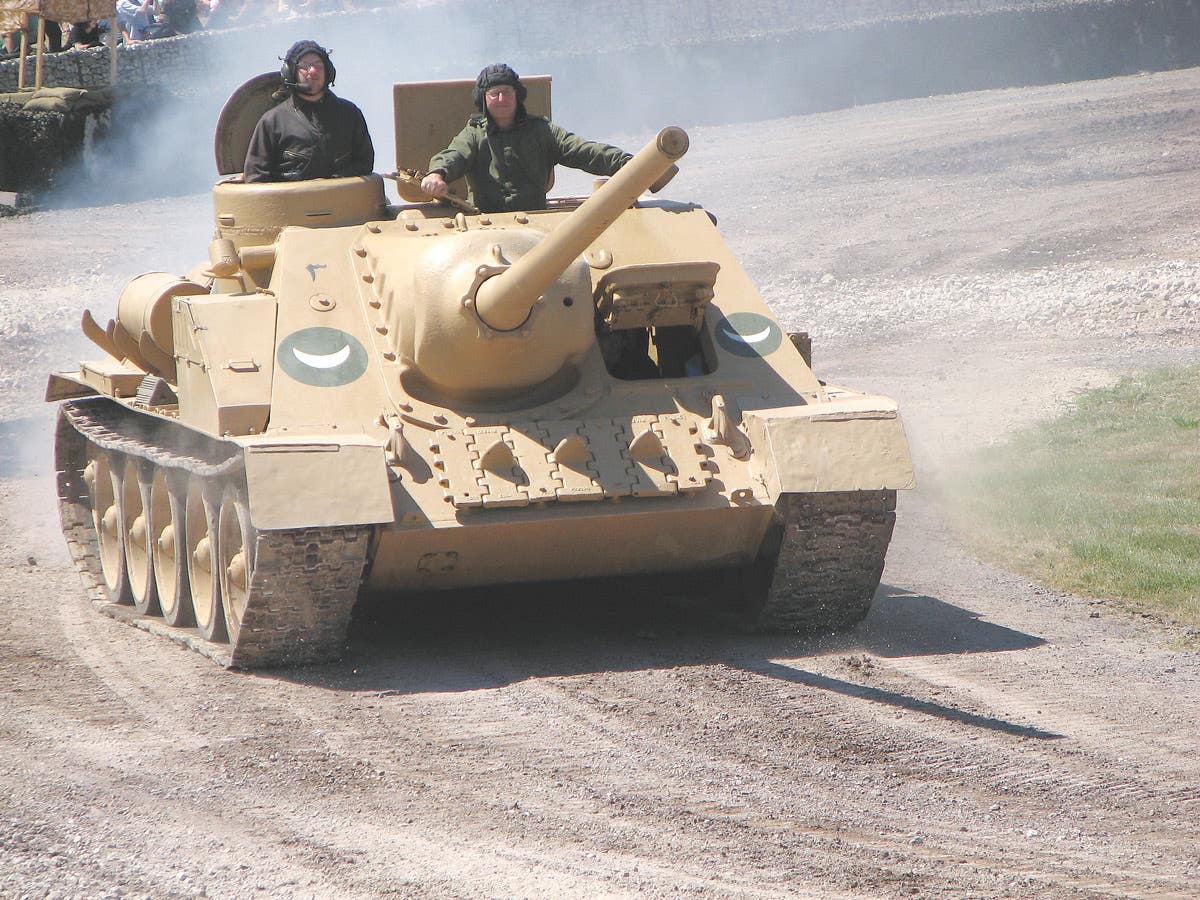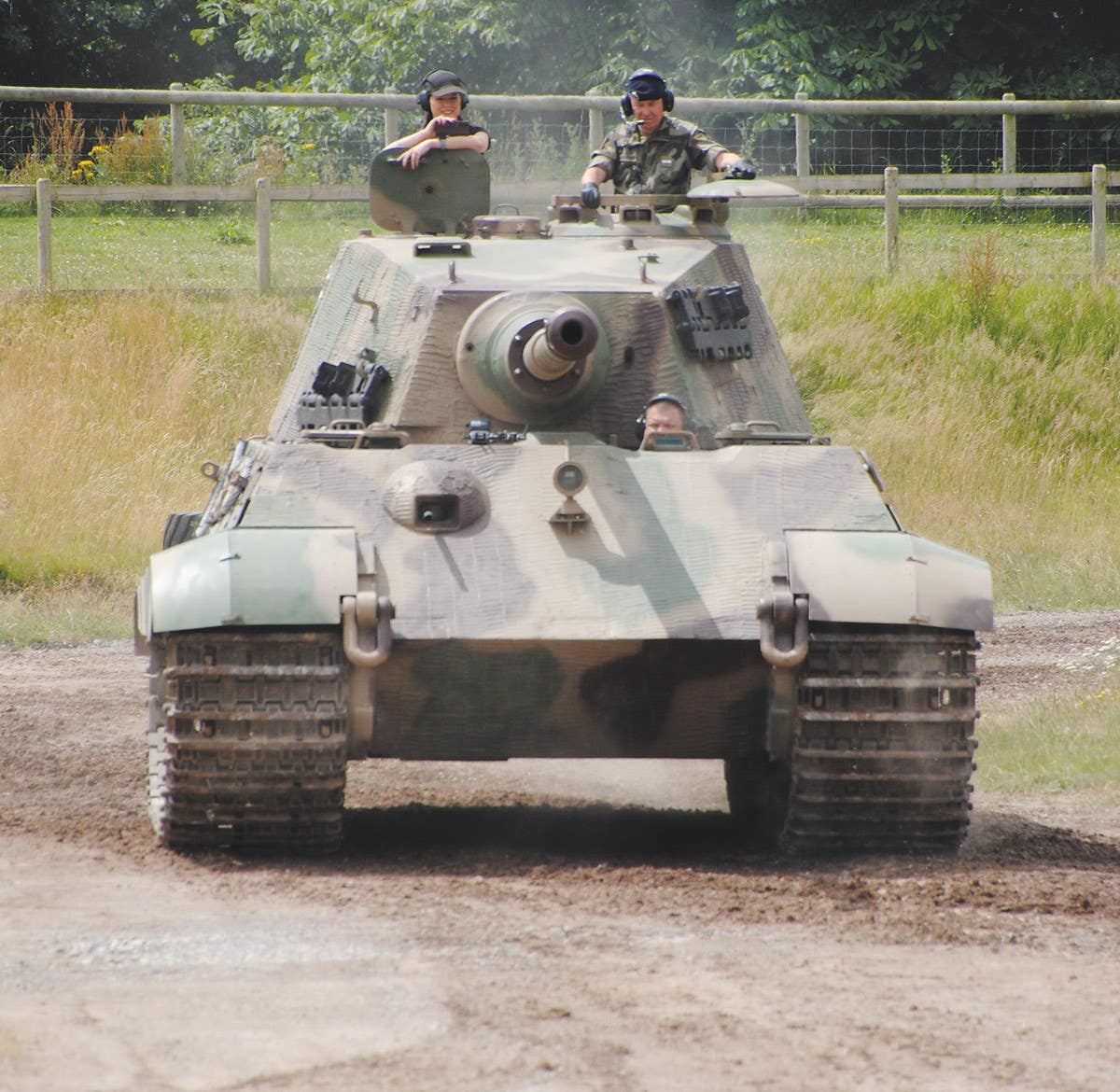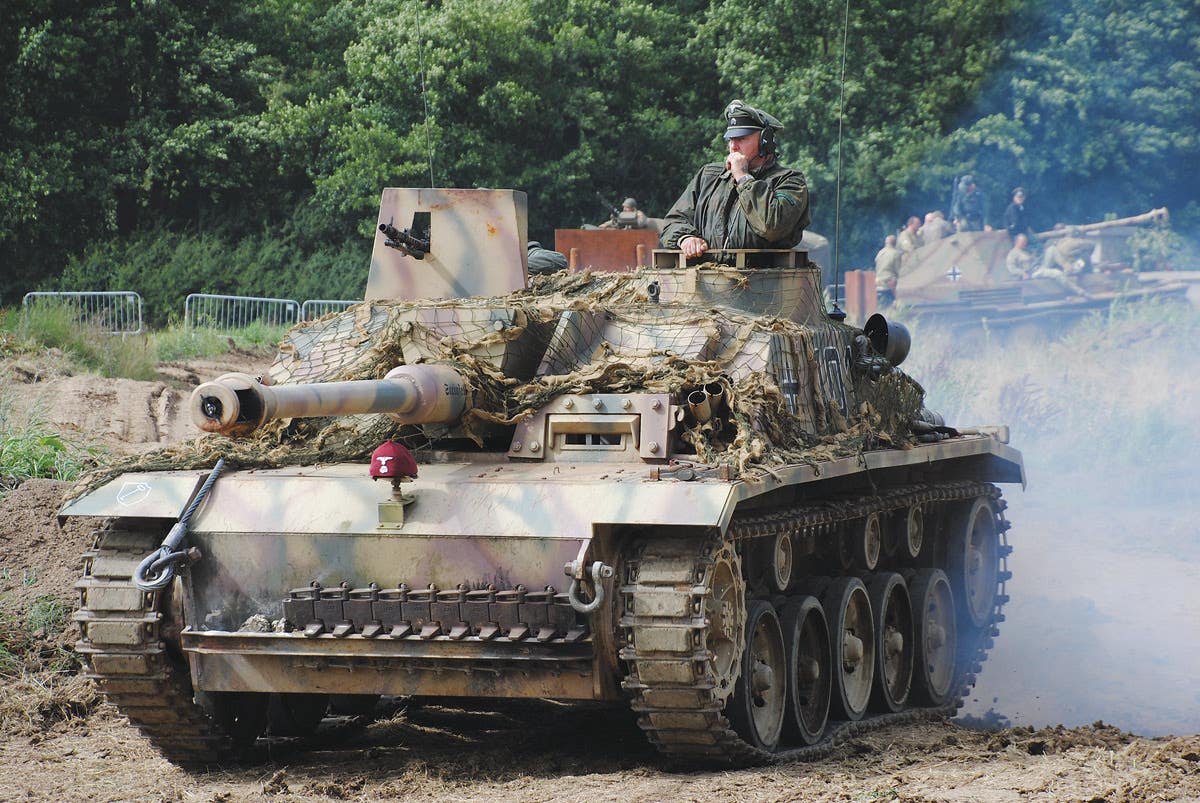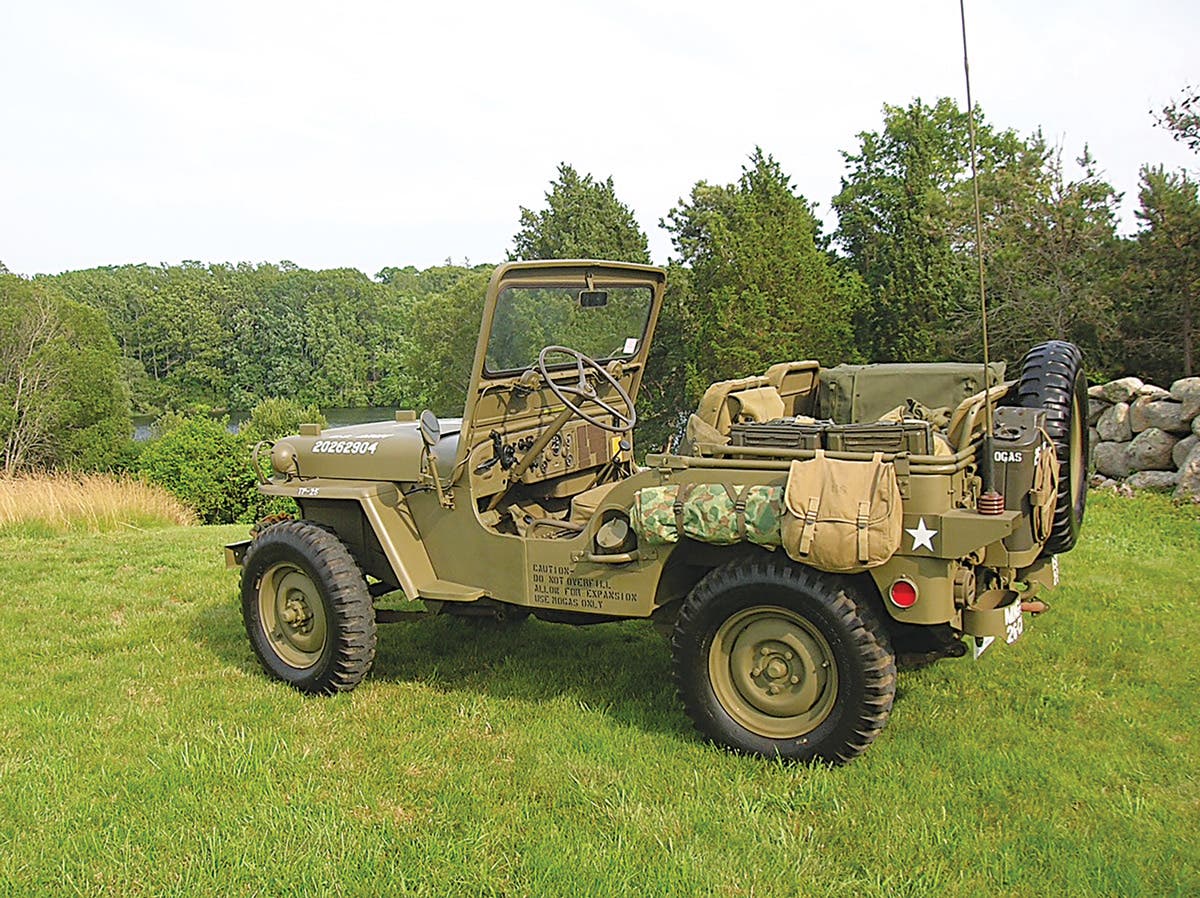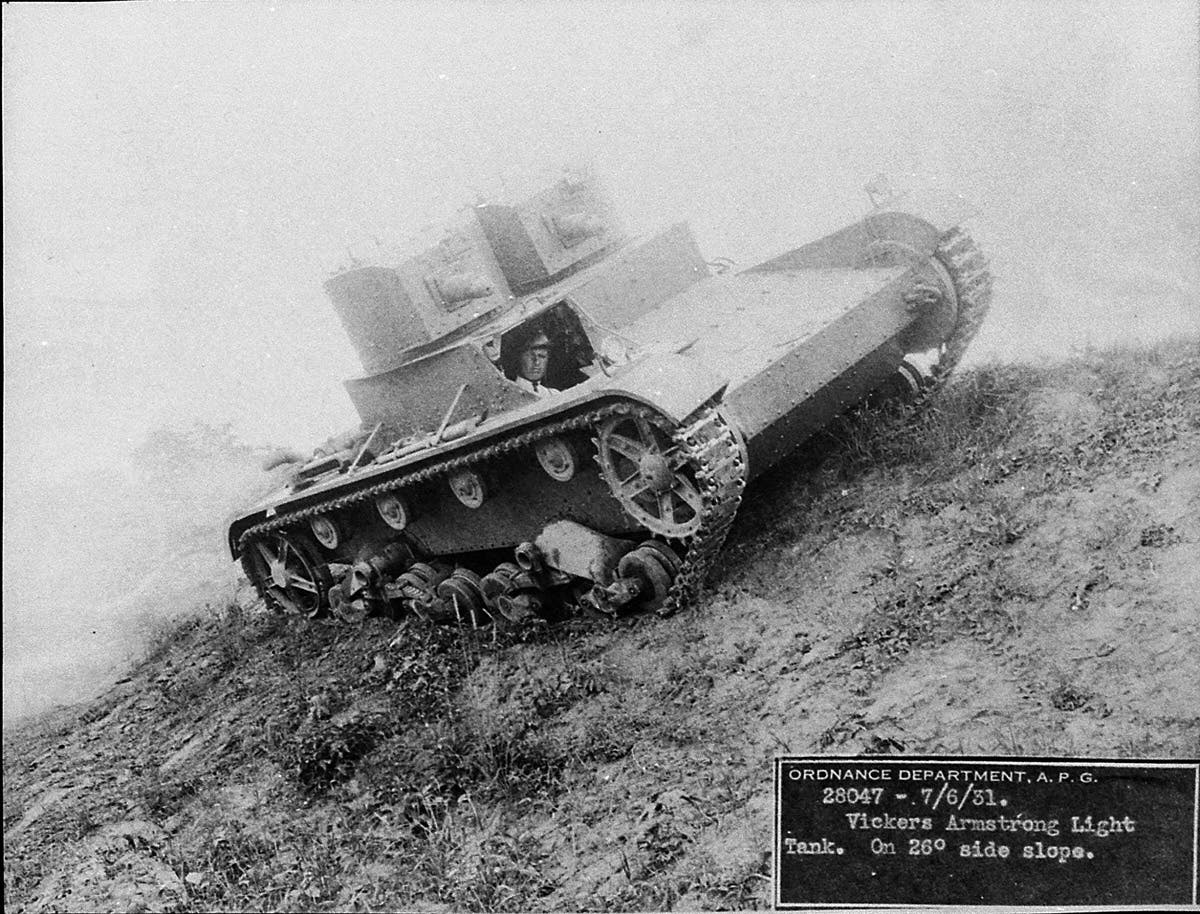8 is enough!
Unique Dutch YP-408 APC took on many roles — on the road and off.
When the North Atlantic Treaty Organization, NATO, was created in 1949, the Netherlands was one of the first European signatory nations to join the Alliance, along with Belgium. In those early days the Dutch army was equipped with a mixture of post-war British and American equipment, including armored vehicles. Whilst these were perfectly serviceable in their day, by the 1950s many of the designs were becoming obsolete and required replacement designs.
In 1956 the Dutch army requested a new armored personnel carrier and approached the Eindhoven-based vehicle manufacturer Van Doorne’s Automobielfabrieken, DAF, to come up with a modern design. The following year the company produced a mock-up based on its 6X6 YA-328 truck which was approved and led to a prototype being prepared for field trials in 1958. These field trials, whilst proving the concept, revealed some changes had to be made which included the layout of hatches in the crew compartment and that the 133HP Hercules JXLD gasoline engine should be replaced by the more powerful 165HP DAF Model DS 575 diesel engine. With the changes agreed on a contract for the new vehicle, to be known as the YP-408, was awarded. The first production models were delivered in 1964 and, after crew training, entered service in 1965. The total production run of 750 vehicles for the Dutch army was completed in 1968, with some 84 vehicles of the APC version later being converted to other roles.
The YP-408 was initially developed into a range of six different roles for the battlefield, with the bulk of the production run, 429 vehicles, being supplied in the basic APC version , known as the ‘Panzer Wagen Infanterie-Standard (Group)’ (PWI-S(GR). This version was capable of carrying 10 fully equipped infantry along with the vehicle driver and commander who also doubled up to fire the vehicle-mounted .50-inch calibre machine gun. The Platoon Commander’s Vehicle, PWI-S(GR), was fitted with additional radios and could carry nine men, which included the platoon commander, vehicle crew of driver and gunner, along with six infantry.
The third version was designated as being a battalion or company commander’s vehicle, some 179 vehicles, was designated as PWCO, which in addition to the commander, carried five other troops, including the driver, gunner and three staff. Additional internal space was created for the extra radios by removing half the normal amount of seats which also allowed a small map table to be fitted. A total of 28 unarmed ambulance versions were supplied, each capable of carrying two stretcher cases and four sitting wounded and was designated as the PW-GGT. A crew of three was carried, two orderlies to treat the wounded and the driver, with medical supplies stowed internally and extra stretchers carried externally. Another 28 vehicles were supplied in the cargo carrying version, PW-V(Freight) was capable of transporting some 1.5 tons of supplies across the battlefield and in an emergency could be used to evacuate wounded.
The last version to be developed for the Dutch army in the YP-408 range was the PW-MT which could tow a 120mm calibre French-built Brandt mortar and carried 50 rounds of ready to use ammunition internally. There were 86 vehicles produced for this role which carried the usual driver and commander along with a five man mortar crew, comprising of the commander and four to fire the weapon. The rear access doors were modified to permit them to be operated with the mortar attached to the tow bar. All versions were fitted with the same DS 575 engine, which developed 165HP at 2,400RPM to provide road speeds up to 50mph. Fuel capacity was 44 gallons to permit an operational range of over 300 miles on roads and 250 miles cross-country.
Measuring 20 feet and six inches in length, seven feet and ten inches in width and seven feet and nine inches to the top of the roof the design of the YP-408 made it a versatile weapon platform. In fact a total of 29 APC versions were later converted to carry Marconi ZB-298 battlefield radar systems to become a version known as the PWRDR. A further 55 APC versions were converted into the anti-tank role by having firing mounts fitted for the American-made TOW missile, being known as the PWAT. The Dutch army included the YP-408 during operational deployments to support UN missions, such as the Lebanon.
Double doors were fitted to the rear to allow the infantrymen to deploy quickly and in the roof six hatches allowed the infantry to fire without leaving the vehicle. A mounting for a .50-inch calibre heavy machine gun, operated manually by the vehicle commander, was fitted over his circular turret to the right of the driver’s position. From here he could provide a full 360 degrees traverse for self-defence and fire support for the infantry as they deployed. Triple barrel smoke discharger s were mounted either side of the hull above the front wheel to screen the infantry and vehicle. Armor protection was 8mm and 15mm which afforded protection against small arms fire.
Despite having eight road wheels the vehicle was classified as an 8X6 because only three axles were driven. Steering is provided by the front two axles with power-steering, but the second axle is not powered. The front pair of wheels is independently suspended on trailing arms with traverse torsion bars making the vehicle an 8X6. Ground clearance was 20 inches which allowed the YP-408 to negotiate vertical obstacles up to 28 inches and cross spans of up to four feet in width. The vehicle was not amphibious, but it was capable of fording water obstacles almost four feet in depth.
The YP-408 was retired from the Dutch army in 1989 with nine of the vehicles being taken by Surinam. In 1992 the Portuguese Air Force took delivery of 28 vehicles which were later used by the Military Police. These have since been replaced by more modern designs.
Today, whilst no longer in service, examples can be seen in museums, including the Tank Museum at Bovington in Dorset, England. A very few are now in private ownership and sometimes make appearances at shows, mainly in the Netherlands. The version held by the Tank Museum at Bovington is operational and is sometimes included in the line-up of vehicles participating in the mobility display during ‘Tankfest’ held in the on-site arena, giving visitors the opportunity of seeing a vehicle in action from the period known as the “Cold War”.
*As an Amazon Associate, Military Trader / Military Vehicles earns from qualifying purchases.



